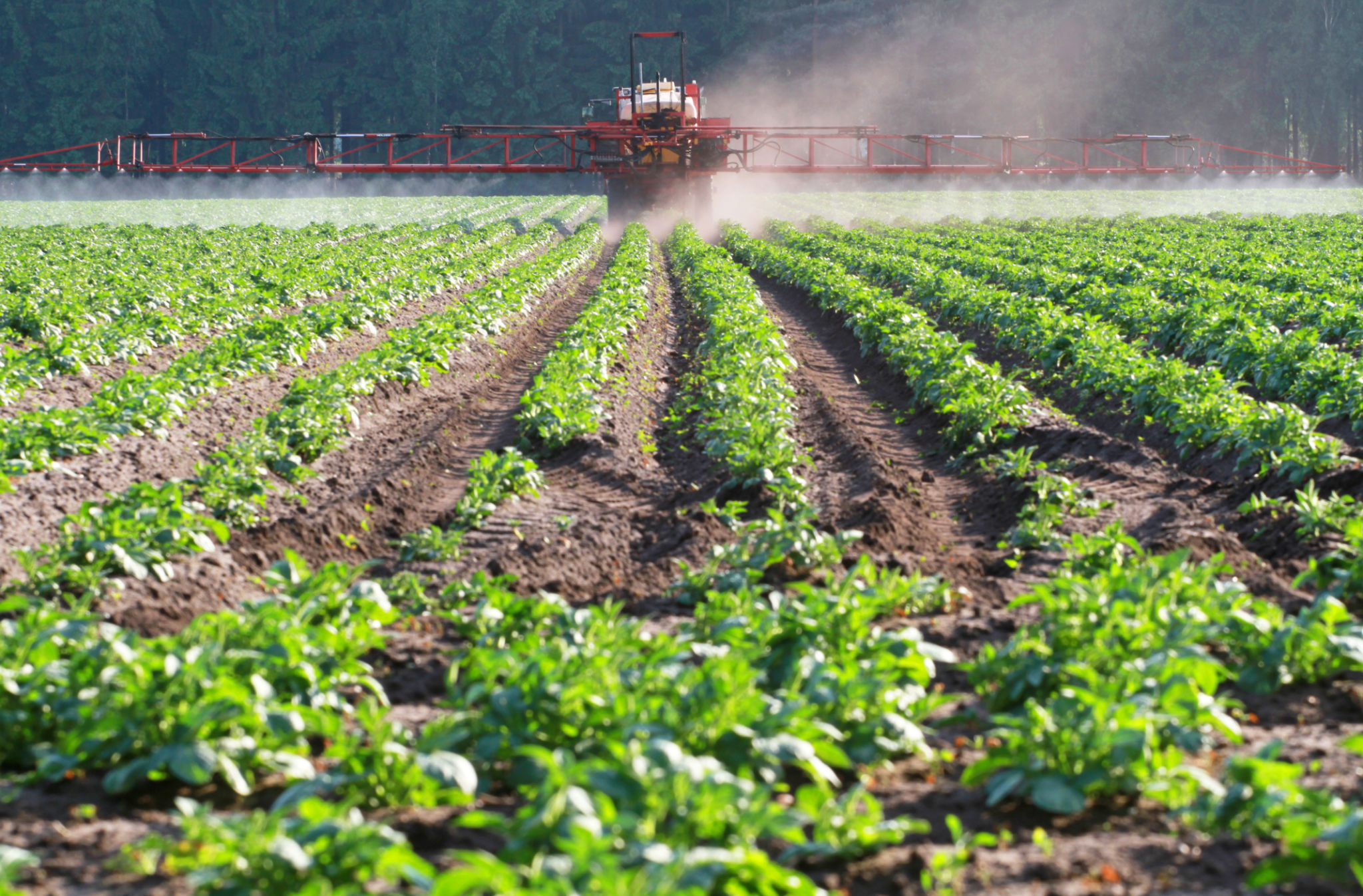Comparing Herbicides: Which is Best for Your Needs?
Understanding Your Herbicide Options
When it comes to maintaining a healthy, weed-free garden or agricultural plot, choosing the right herbicide is crucial. With a multitude of options available, selecting the best one for your specific needs can be challenging. In this post, we'll explore the different types of herbicides and guide you through the process of determining which is best suited for your situation.
Herbicides are broadly classified into two categories: selective and non-selective. Selective herbicides are designed to target specific types of weeds without harming desirable plants, while non-selective herbicides will kill any plant they come into contact with. Understanding this distinction is key to making an informed decision.

Factors to Consider When Choosing a Herbicide
Type of Weeds
The first step in selecting an effective herbicide is identifying the type of weeds you're dealing with. Are they annuals, biennials, or perennials? Certain herbicides are more effective on specific weed types. For example, glyphosate is a popular non-selective herbicide effective against a wide range of weeds, but it should be used with caution around desirable plants.
Application Area
The area where you plan to apply the herbicide also influences your choice. If you're treating a lawn or garden bed, a selective herbicide might be ideal to preserve the surrounding plants. In contrast, a non-selective option may be suitable for areas like driveways or patios where weed elimination is the primary goal.

Environmental Impact and Safety
Environmental considerations are increasingly important when choosing a herbicide. Many gardeners and farmers prefer products that are environmentally friendly and safe for humans and animals. Look for herbicides that are labeled as biodegradable or organic if sustainability is a priority for you.
Additionally, it's vital to consider the safety precautions associated with each product. Some herbicides require protective gear during application, while others are safe enough for general use. Always read the label for specific instructions and safety warnings.

Cost and Availability
Another practical consideration is the cost and availability of herbicides in your area. Prices can vary widely based on the product's brand, formulation, and quantity. It's essential to balance cost-efficiency with effectiveness; sometimes investing in a slightly more expensive herbicide can yield better results and save money in the long run by reducing the need for repeat applications.
Availability can also be a factor, especially if you need to apply the herbicide within a specific timeframe. Check with local suppliers or online retailers to ensure your chosen product is readily accessible.
Conclusion: Making the Right Choice
Ultimately, the best herbicide for your needs will depend on several factors, including the type of weeds you're dealing with, the area of application, environmental concerns, and cost considerations. By understanding these elements and evaluating your specific situation, you can make an informed decision that will keep your garden or agricultural plot healthy and weed-free.
Remember, successful weed management often involves an integrated approach that combines chemical and non-chemical methods. Consider using mulches, manual removal, or crop rotation alongside herbicides for optimal results.